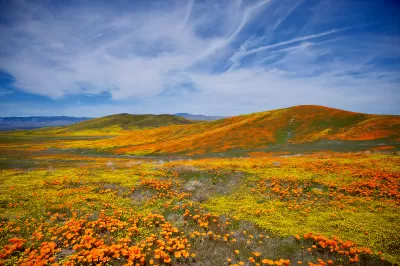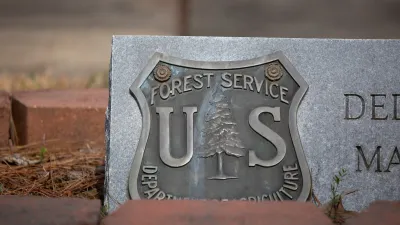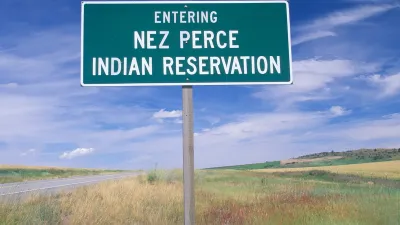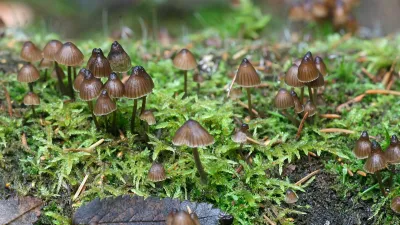Located in the western Mojave Desert, this stunning state natural reserve is renowned for its breathtaking displays of California poppies and has even been referred to as California's most beautiful place.

Antelope Valley California Poppy Reserve is a state-protected reserve of California and harbors the most consistent blooms of California poppies, the state flower. The reserve is located in the rural west side of Antelope Valley in northern Los Angeles County, 15 miles west of Lancaster. Each spring, the Poppy Reserve comes alive with the seasonal surprises of the Mojave Desert Grassland habitat. The duration and intensity of colors and scents vary from year to year. The wildflower season generally lasts from as early as mid-February through May, with a variety of wildflowers creating a mosaic of color that changes daily.
This article offers various reasons why the Antelope Valley California Poppy Reserve may be the most beautiful place in California. Specifically, the Poppy Reserve is:
- A Natural Wonder
- An Artist's Palette
- A Haven for Wildlife
- A Place for Reflection and Recreation
For more information, please read the source article.
For those planning to visit the Poppy Reserve, please do so responsibly and keep in mind the following reminders offered by State Parks:
- Stay on the official trails only.
- Do not pick the wildflowers.
- Do not bring dogs.
- Do not use drones.
- Be prepared for strong winds.
- Enter only through the official entrance gate.
- Drive with caution on Lancaster Road.
FULL STORY: Antelope Valley Poppy Reserve: Why It's California's Most Beautiful Place

Study: Maui’s Plan to Convert Vacation Rentals to Long-Term Housing Could Cause Nearly $1 Billion Economic Loss
The plan would reduce visitor accommodation by 25,% resulting in 1,900 jobs lost.

North Texas Transit Leaders Tout Benefits of TOD for Growing Region
At a summit focused on transit-oriented development, policymakers discussed how North Texas’ expanded light rail system can serve as a tool for economic growth.

Why Should We Subsidize Public Transportation?
Many public transit agencies face financial stress due to rising costs, declining fare revenue, and declining subsidies. Transit advocates must provide a strong business case for increasing public transit funding.

How Community Science Connects People, Parks, and Biodiversity
Community science engages people of all backgrounds in documenting local biodiversity, strengthening connections to nature, and contributing to global efforts like the City Nature Challenge to build a more inclusive and resilient future.

Alabama: Trump Terminates Settlements for Black Communities Harmed By Raw Sewage
Trump deemed the landmark civil rights agreement “illegal DEI and environmental justice policy.”

Dear Tesla Driver: “It’s not You, It’s Him.”
Amidst a booming bumper sticker industry, one writer offers solace to those asking, “Does this car make me look fascist?”
Urban Design for Planners 1: Software Tools
This six-course series explores essential urban design concepts using open source software and equips planners with the tools they need to participate fully in the urban design process.
Planning for Universal Design
Learn the tools for implementing Universal Design in planning regulations.
City of Santa Clarita
Ascent Environmental
Institute for Housing and Urban Development Studies (IHS)
City of Grandview
Harvard GSD Executive Education
Toledo-Lucas County Plan Commissions
Salt Lake City
NYU Wagner Graduate School of Public Service





























